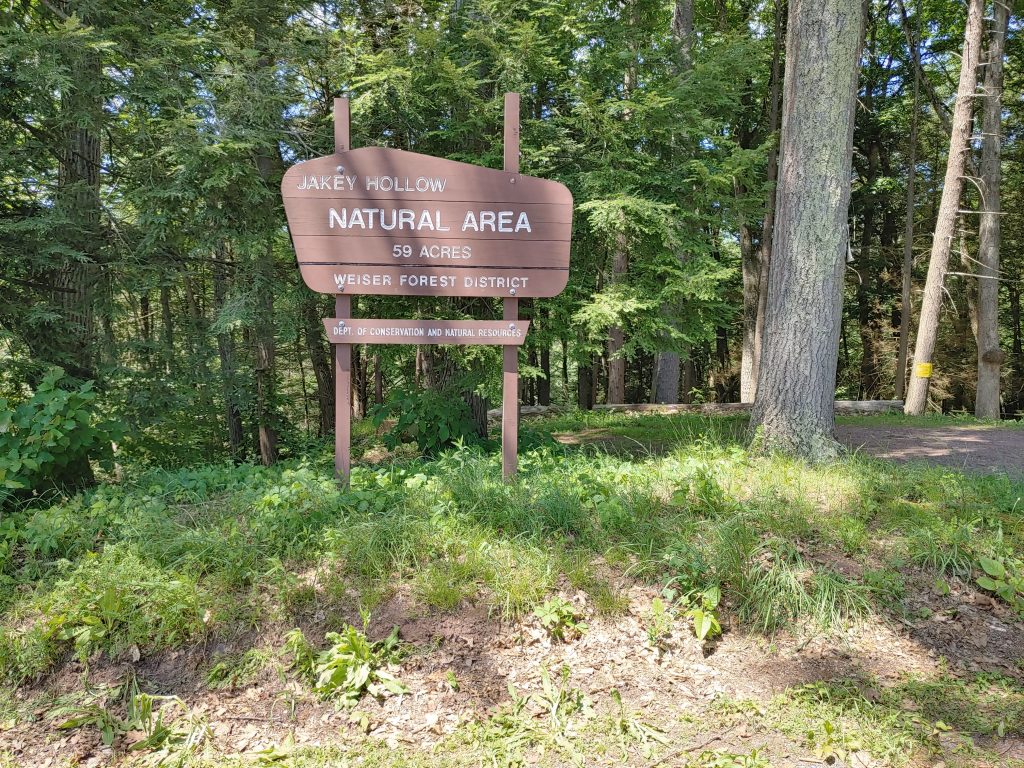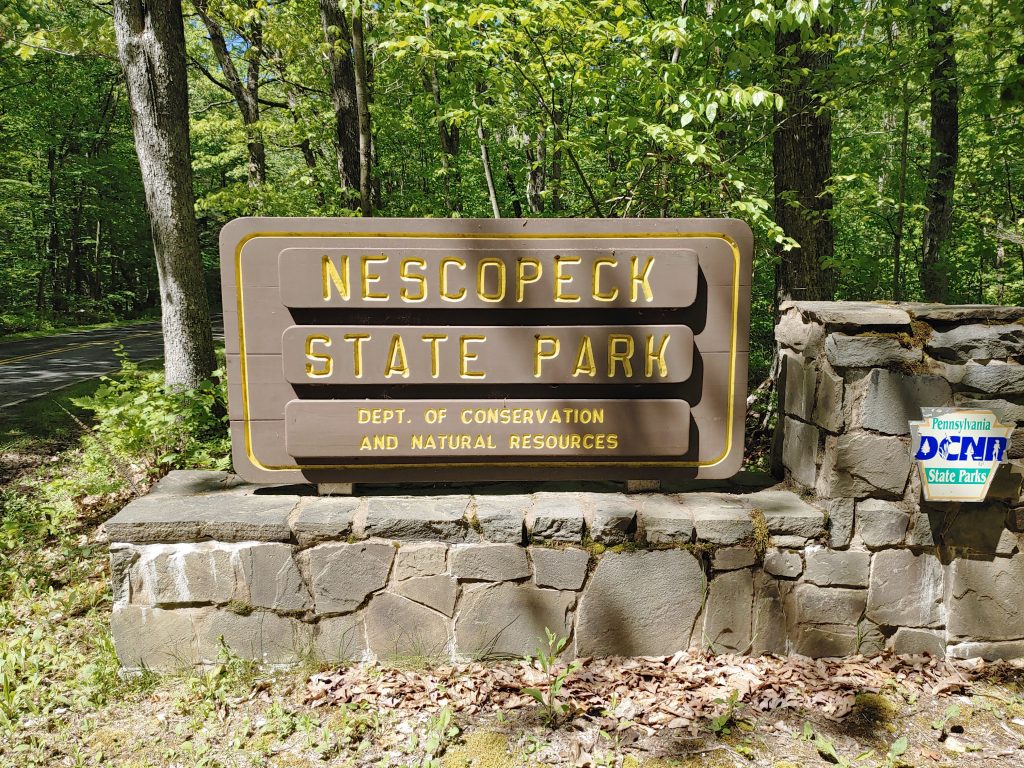I recently participated in a survey regarding Weiser State Forest Resource Management Plans. This was an opinion poll of interested people. As a life long outdoor enthusiast I am impressed with the results. The overwhelming majority of responders favor treading very lightly and leaving nothing behind but footprints. Eleven of the top twelve uses are non-consumptive and the top five values stress preservation of habitat, clean air and water, scenic and natural beauty, outdoor recreation and conserving open space. Responders are aware of threats from extraction practices, development, climate change, pests, decreased public appreciation of forests and timber harvesting. I have a special interest in ancient/old growth forests.

Pennsylvania, as well as most of eastern North America, was once a sea of primeval forests. History teaches that Pennsylvania’s forests were part of a spectacularly diverse ecosystem equal to Africa. When Europeans arrived they encountered a vast ecosystem teaming with an incredible diversity of flora and fauna. The decimation of the fauna began almost immediately with the fur traders. As colonization advanced so did the killing of wildlife. The effect was appalling. Fortunately, conservationists pushed for protective laws. Extermination was averted for some species but not all.

A similar scenario can be put forward regarding the forests. As colonists increased in number the forests began to disappear. The trees, in one way or another, facilitated the expansion. Very few virgin forest patches survived the clear cutting. Most were in areas where tree cutting and removal were very difficult. Forests recovered only to be clear cut a second and third time. The result is our present landscape and viewscape. Pennsylvania has a lot of cleared land and a relatively young forest system. Less than .1% of Pennsylvania’s total land mass is virgin. Second and third growth forests are making a comeback. Many are located in our Pennsylvania State Forests as part of gamelands, state parks and state forests. As such they are afforded some protection but, for various reasons, logging, mineral extraction and fossil fuel extraction are carried on.

According to Gerald L. Foy, Forest Protection Specialist for the Pennsylvania Bureau of Forestry, the State of Pennsylvania has a challenging task when it comes to managing Pennsylvania’s State Forests. Working in conjunction with the Pennsylvania Game Commission, Pennsylvania Fish and Boat Commission, Pennsylvania State Parks, private land owners and the State Forest System, they work with a large group of stakeholders whose interests are diverse and at times at odds with each other. Stakeholders range from folks who simply want to walk through untouched forests to those who think clear cutting is still a viable option. In between lies scores of stakeholders with just as many views on how the forests should be managed. Forest users such as day hikers, birdwatchers and wildlife photographers are as benign as it gets while oil, gas, coal and timbering are just the opposite. The latter make money for the State of Pennsylvania as well as for private enterprise but they disrupt habitat and leave scars. All Pennsylvanians need to take a forensic look at how THEIR forests are being managed. Your state representatives and state senators are just a phone call away.
Now, back to my special interest, ancient forests. There is very little ancient forest in Pennsylvania. There is a bit more second growth and a lot more third growth and beyond. Ancient growth and second growth forests are often grouped together when people talk about old growth forests. Most large tracks of old growth forests are on State land and most are in the western part of the state. Visit the websites for the DCNR, Bureau of Forestry, State Game Commission, PADEP, Fish and Boat Commission and State Parks. Also, check out the Pennsylvania Parks and Forestry Foundation and the Pennsylvania Forestry Association. You can glean useful information from all of these sources.
Finally, to my delight, I recently learned that Old Growth Forest designation was given to Jakey Hollow near Bloomsburg, Rickett’s Glen State Park and Jacobsburg State Park. This trend must continue. Why? Our children, their children, their children and beyond deserve to enjoy the spectacular, broad based benefits and challenges of old growth forests. We owe it to them. No amount of money is worth their intrinsic value to our place in the world.
